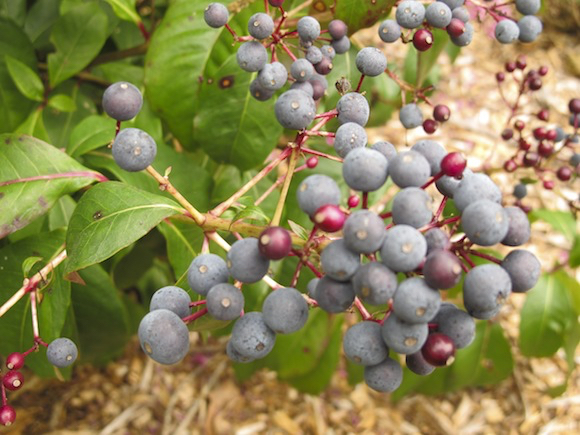Eat your fuchsias
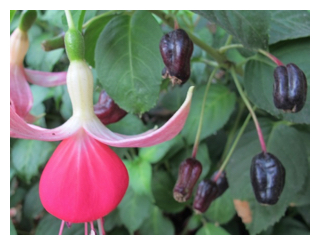
Rest assured. All parts of the fuchsia are completely edible, from the berries to the flowers. Even the leaves, for that matter, if you’re into that kind of fodder. This fact is often a complete surprise to most gardeners and growers, even ones that have had fuchsias on the porch or in their beds for decades.
Moreover, it should put the minds of parents and grandparents at ease, when they discover that Junior hasn’t just been impishly popping the flower buds, but merrily popping the berries into his mouth with reckless abandon as well. And dog owners can relax. Fido has been known to nip a few low-hanging fruit from the fuchsia bush a time or two. They’re also non-toxic to canine connoisseurs.
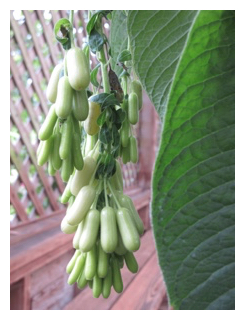
All species and cultivars of the genus Fuchsia produce edible berries The fruit is technically a epigynous berry, similar in its botanical structure to apples or cucumbers, and contains varying numbers of tiny seeds depending on the species. The berries of several natural species are especially relished.
At the top of any list should be Fuchsia boliviana, which is regularly eaten by native peoples in the Andes. In fact, the native range of the species is a little hazy because its berries, at the very least, were early on carried away from their homelands in northern Argentina, Bolivia and southern Peru and into the northern Andes in Columbia and Venezuela. Probably Central American as well.
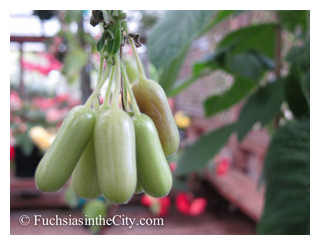
On the other side of the Pacific, Fuchsia excorticata berries are traditionally eaten by the Maori of New Zealand who call their huge native tree fuchsia, kotukutuku, and the berries themselves, konini. There is an old Maori saying, "I whea koe I te tahuritanga o te rau o te kotukutuku?", or, "Where were you when the leaves of the fuchsia tree began to grow in the spring?”. Kotukutuku is one of Aotearoa’s few deciduous trees and drops its leaves in the fall. This saying is a reproach to those who show up at harvest time to reap help the bounty but were nowhere to be found when real garden work needed to be done at planting time in the spring.
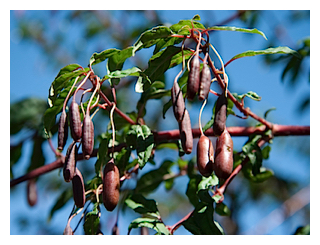
Like the roses of England or the thistles of Scotland, F. magellanica seems to have become somewhat of the floral emblem of this beautiful winter-and-summer resort on Nahuel Huapi Lake, a large glacial lake surrounded by the snow-crested Andes. The town’s also come to be known for its Swiss alpine-ish architecture and its chocolate, sold in shops lining its main street, the Calle Mitre. Function follows form, I suppose. Still, F. magellanica abounds.
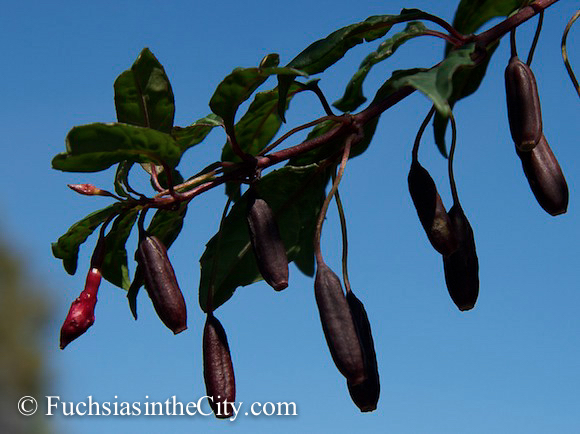
I was standing on the lawn of the local Nahuel Huapi headquarters of the national park service, the Dirección General de Parques Nacionales. Among the endemic plants on display in the garden around the building was a beautiful ten-foot high hedge of F. magellanica. The sky was brilliantly azure blue that day. The hedge an achingly intense blaze of scarlet and purple. There was a gentle breeze off the lake. I was trying to get a few shots of the mesmerizing play of flowers against the sky and was apparently quite lost in the task. Finished, I looked up and noticed that I was being watched as well.

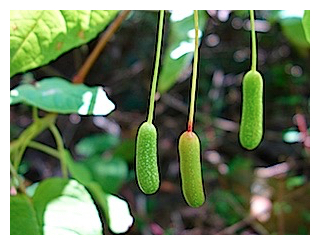
The taste of fuchsia berries can be variously described as lemony or peppery and has a pleasing sub-acid quality. The fruit on garden cultivars, however, can range considerably in their degree of delectability. Some are absolutely splendid; other are simply bland. It’s important to remember that most all hybrids were bred for the looks of their ornamental flowers rather than for the taste of the berries.
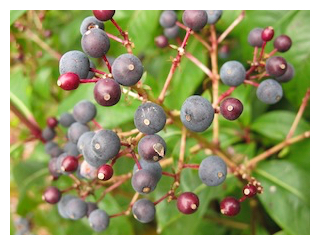
If the berries of one kind of fuchsia don’t measure up, move on to the next. Fuchsia berries are said to be high in Vitamin C and antioxidants. They’re enjoyed fresh or used in recipes such as jellies, jams and puddings.
A common problem with cooking with fuchsia berries is simply collecting enough of them from the typical garden to be useful. Unless you have a hedgerow or somehow providentially manage a fuchsia plantation, the crop can be slow in adding up. Not to fear, you can easily freeze the berries until you’ve collected enough for a pie. That’s if they make it part your mouth in the first place.
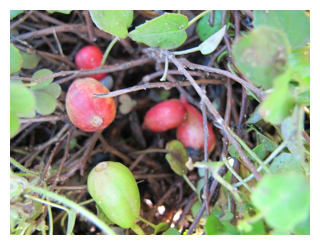
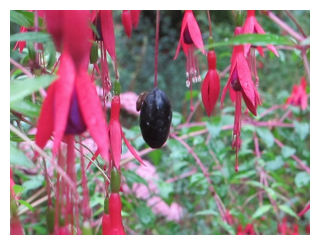

(Illustrations: 1. Berries ripening on an ornamental garden hybrid; 2 and 3. Berries of F. boliviana var. alba are pale green when ripe; 4, 5 and 6, F. magellanica captured at San Carlos de Bariloche in the Patagonian Lake District of Argentina; 7. F. splendens; 8 and 12. F. paniculata berries in various stages of ripeness; 9. Fuchsia procumbens; 10. F. magellanica ready for harvest; 11. F. regia.)
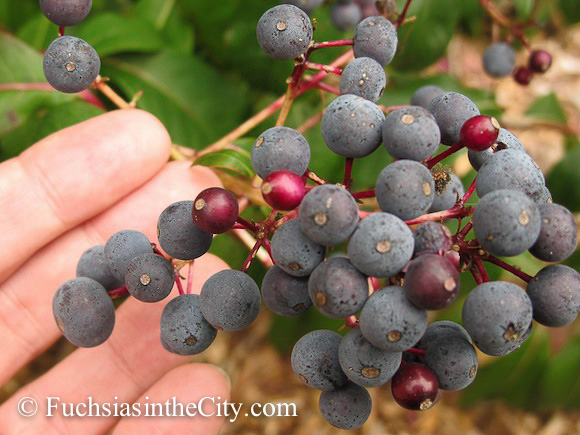
Fuchsia Berry Jelly
1 cup fuchsia flowers [ ≈ 250 ml]
1 cup ripe, washed fuchsia berries
1 cup sugar
Juice of 1 lemon
2 cups of water (or apple juice or apple cider)
1 apple, sweet, peeled and chopped
2 tablespoons of unflavored gelatin [ ≈ 30 ml; 1 tbs ≈ 15 ml]
Simmer the flowers, berries, sugar, lemon juice, water, and apple for 10 minutes.
Let the mixture cool a bit, then strain it.
Add the gelatin and allow it to thicken in the refrigerator.
Fuchsia Berry Jam
1 lb. sugar [ ≈ 450 gm]
2 tablespoons water (or apple pectin, apple juice or cider) [ ≈ 30 ml; 1 tbs ≈ 15 ml]
juice of 1 lemon
1 ½ lb. of ripe fuchsia berries, washed [ ≈ 525 gm]
Combine the sugar, water and lemon juice in a pan and cook carefully over low heat until the sugar dissolves.
Set the mix aside and allow it to cool completely.
Add the berries gently, folding them into the mixture so as not to break them up too much.
Bring the mixture slowly to a boil.
Boil until the mixture will set when it’s tested on a plate.
Seal in heated jars.
Allow to cool completely before eating.
